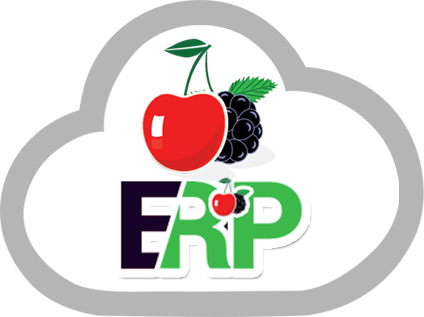
Payroll Management Software – Assisting Modern Organizations
Payroll stands as an indispensable business function with profound impacts on employee satisfaction, retention, and workplace efficiency. Yet traditional manual payroll computation using error-prone spreadsheets often proves remarkably cumbersome at scale. Migrating payroll onto consolidated, rules-based Payroll Management Software promises companies sweeping benefits spanning streamlined operations, cost reductions, risk minimization, superior accuracy and compliance. This exploration delves into the manifold merits of transitioning towards automation.
How Payroll Management Software Assists Organizations:
Modern organisations need automatic systems to run their processes efficiently without any delay. Many companies have already implemented automatic payroll management software because of its unlimited potential benefits.
Alleviating Administrative Workload:
Traditional payroll administration is labor-intensive, entailing tasks like hourly/salary wage calculations, applying evolving tax codes, managing deductions and reimbursements, and producing pay slips and W-2s, while ensuring full compliance across local, state, and federal jurisdictions. Even for mid-sized companies, these accumulative responsibilities equate to a monumental 550 annual working hours of repetitive manual work. That translates to nearly 14 unwarranted weeks of grueling administrative workload annually. Additionally, Automating this process through payroll software handles the bulk of computations, determinations, workflows, and compliance checks systematically behind the scenes. This liberates company resources from the ceaseless paperwork treadmill towards more strategic business priorities that nurture talent and spur enterprise growth.
Minimising Financial Exposure:
Lofty administrative workloads inevitably introduce calculation errors and accidental misapplications in manual payroll leading to incorrect employee pay. The financial liabilities stemming from overpayments or underpayments present substantial risks including employee lawsuits, tax penalties, and damaged workplace trust alongside sunken morale. Integrated payroll systems however embed algorithmic rules engines that virtually guarantee error-free pay determinations applied uniformly across all employees while adapting dynamically to employment shifts and evolving regulations. Certified accuracy minimises financial hazards by upholding complaint and equitable pay dispersals per pay period, upholding workplace satisfaction as well.
Centralising Operations:
Transitioning to unified payroll technology also promises companies the ability to consolidate previously disjointed operations under a common platform accessible to both HR and Finance departments. Core modules in leading payroll solutions encompass functionality spanning time and attendance tracking, pay calculations, tax estimations, employee productivity, reimbursements, retirement contributions, talent management analysis and more. Such integration streamlines end-to-end payroll workflows substantially while enhancing role-based access controls, business intelligence and data transparency across modules accessed from a shared database. Employees also reap self-service payroll analytics.
Meeting Compliance Standards:
Increasingly complex and fluctuating payroll regulatory policies prove profoundly challenging for companies to continually adapt to manually. However, automated systems embed continuously updated rules engines fine-tuned to both federal statutes like the Affordable Care Act and jurisdiction-specific mandates spanning local taxes, labour codes and deductions. Thus, Compliance thereby becomes embedded into system workflows which adapts determinations dynamically based on employment shifts and evolving taxation reforms. This prevents expensive penalties or oversight gaps stemming from missed notifications around convoluted compliance changes.
Evaluating Migration:
Embarking on payroll automation demands thoughtful software evaluation calibrated towards an organisation’s unique needs and growth roadmap. Priorities span customizable reporting dashboards revealing actionable analytics, implementation timelines aligning with fiscal schedules, module scalability accommodating fluctuating workforces, and mobile accessibility streamlining manager approvals. Company leaders should also assess vendor reputation, implementation support services, the viability of open APIs for desired integrations alongside security protocols safeguarding sensitive payroll data. Payroll automation marks a strategic investment – an informed software selection process gives assurance that the considerable merits of migrating manual workflows onto unified, rules-driven technology manifest fully over the long-term. The payroll pressures of today’s dynamic workplaces demand nothing less than full automation.
Conclusion:
As modern workplaces grow in complexity in handling accumulative pay intricacies, reliance on basic manual payroll computation proves wholly inadequate, inefficient and precarious. Transitioning instead to secure, consolidated payroll management software systems offers companies quantified gains in process efficiencies, profound cost savings, risk reduction and elevated compliance standards, all while empowering strategic business priorities. For those companies still dependent on elementary tools like overworked spreadsheets for administering payroll, migrating operations onto purpose-built automation merits urgent priority and evaluation. The payroll pressures of today’s workplaces demand nothing less. CherryBerry ERP will provide you with this service in your hometown. Contact us for more details.
